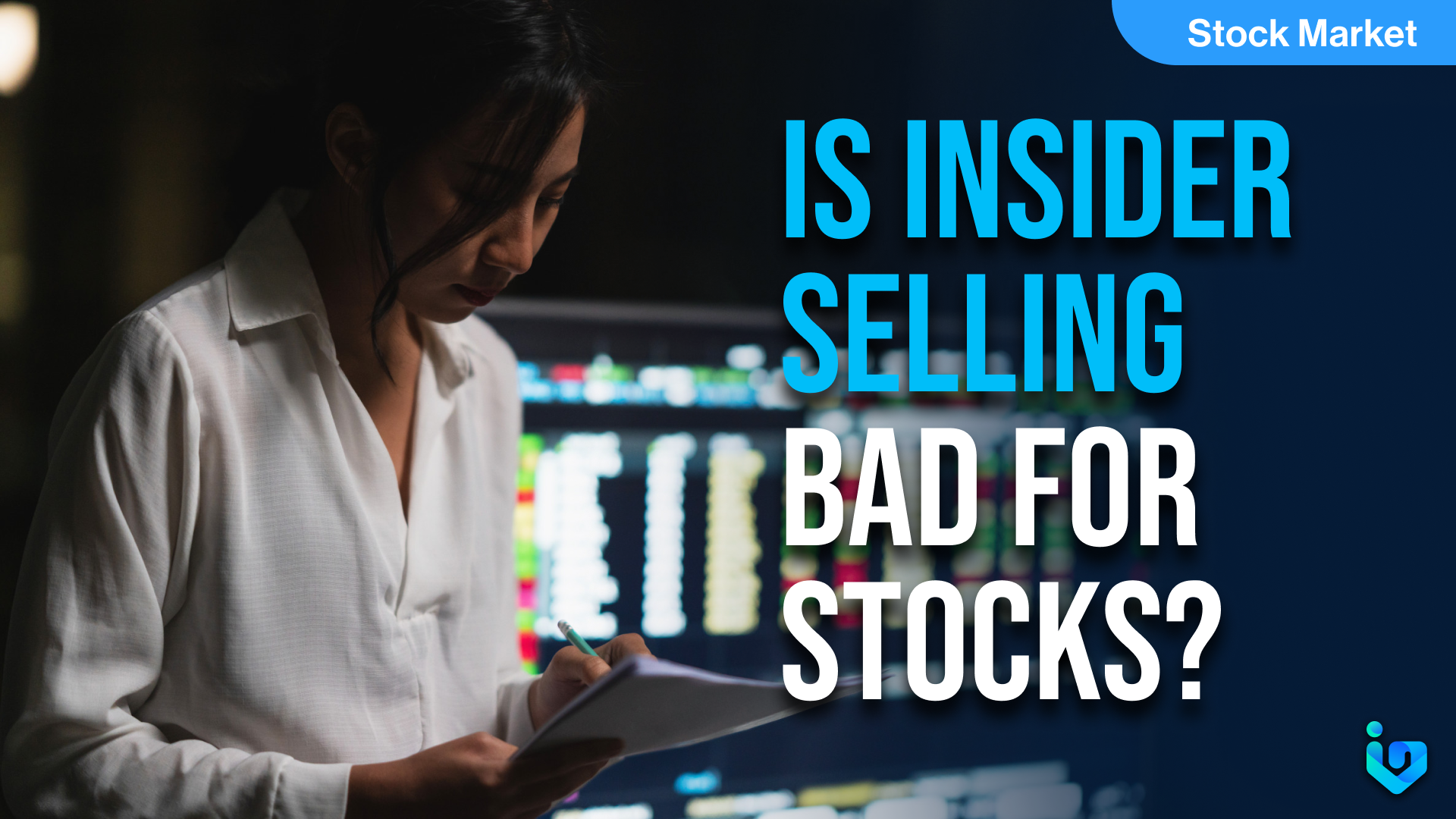The stock market is a complex and dynamic ecosystem where various factors can influence the value of stocks. One such factor is insider selling, which can be perceived as a negative signal by investors. But is insider selling always bad for stocks?
Understanding Insider Selling
Insider selling occurs when individuals who have access to non-public, material information about a company sell shares of that company’s stock. These insiders can be company executives, directors, or employees who possess knowledge that could affect a company’s stock price. While insider selling is legal, it must be reported to the Securities and Exchange Commission (SEC) to maintain transparency.
Reasons Behind Insider Selling
It’s crucial to understand that insiders may sell their shares for various reasons that do not necessarily reflect the company’s health. For instance, insiders might sell shares to diversify their investment portfolio, fund personal expenses, or take advantage of a stock’s high price. Therefore, one should not immediately view insider selling as a lack of confidence in the company’s prospects.
Market Perception of Insider Selling
Despite the benign reasons insiders may have for selling, the market often perceives insider selling as a lack of faith in the company’s future performance. This perception can lead to a decrease in stock prices, as investors may interpret insider selling as a signal to sell their shares. However, this reaction may not always be justified, as insider selling is just one of many factors that can affect stock prices.
Analyzing the Impact
To assess whether insider selling is genuinely detrimental to stock prices, one must analyze the context of the transactions. If multiple insiders are selling a significant amount of stock without an apparent reason, it could indicate potential trouble within the company. Conversely, if the selling is part of a pre-determined trading plan, it may have a negligible impact on the stock’s value.
Case Studies
Examining historical data can provide insights into the effects of insider selling on stock performance. Case studies of companies that experienced significant insider selling reveal that the impact varies. In some instances, stocks continued to perform well despite insider sales, while in others, stock prices declined following the transactions.
Conclusion
Insider selling is not inherently bad for stocks, but it warrants careful consideration. Investors should look beyond the transactions and consider the broader context, including the company’s performance, industry trends, and economic conditions. By doing so, investors can make more informed decisions and avoid knee-jerk reactions to insider selling activities.
